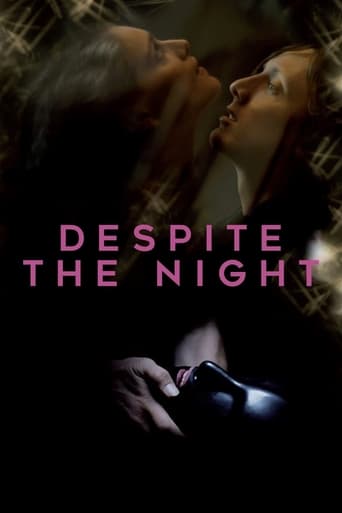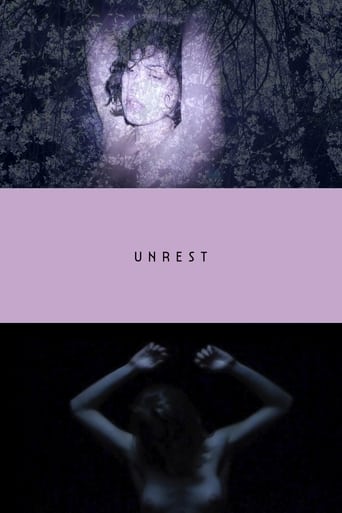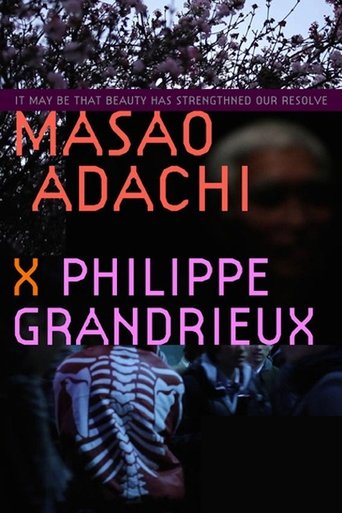Despite the Night 2015
After returning to Paris, a heartbroken man searching for his missing lover finds solace, and a passionate but troubled love, with a grieving nurse. This unconventional romance unfolds against a backdrop of music and defies expectations, venturing into uncharted emotional territory.




